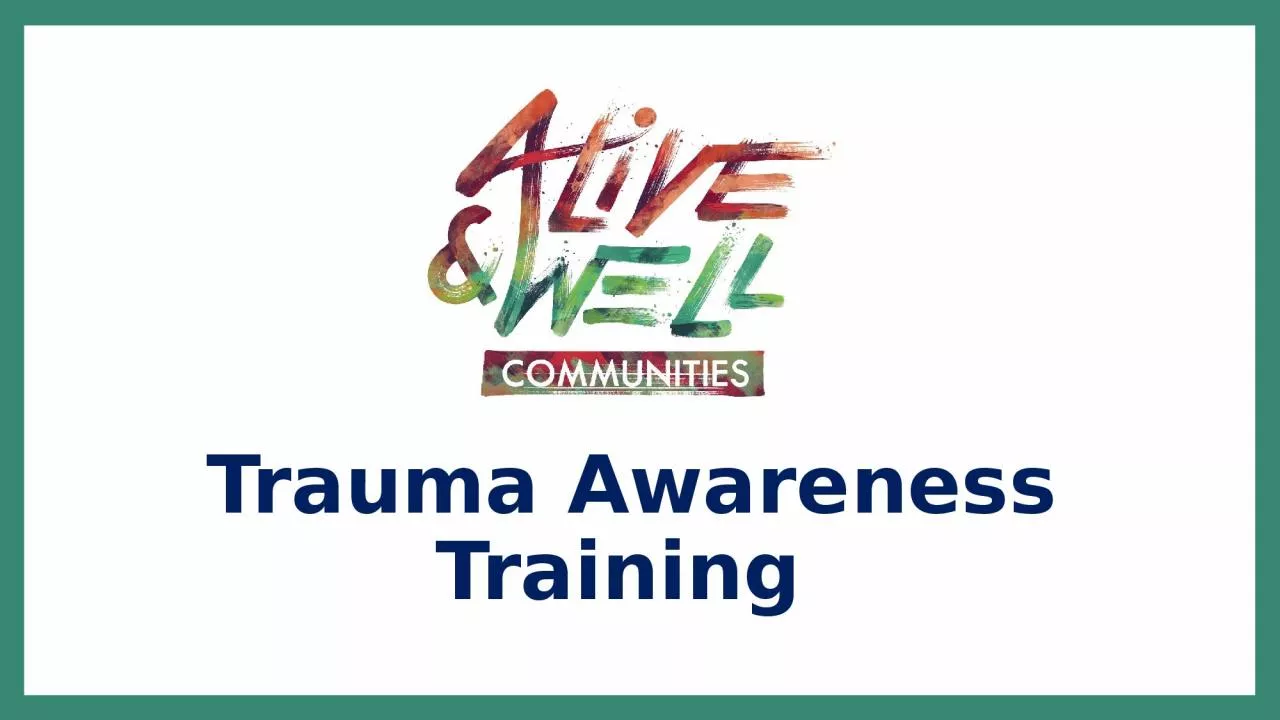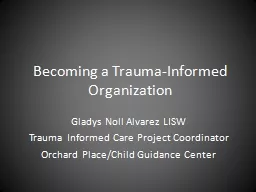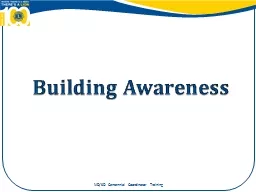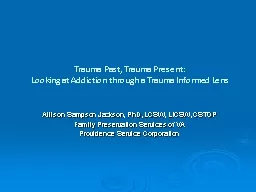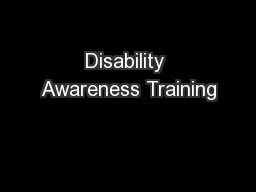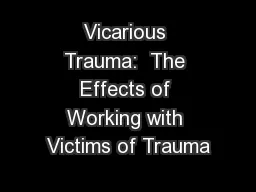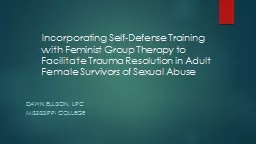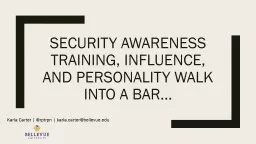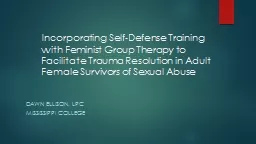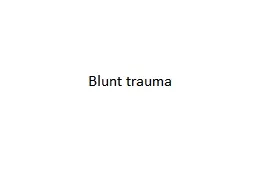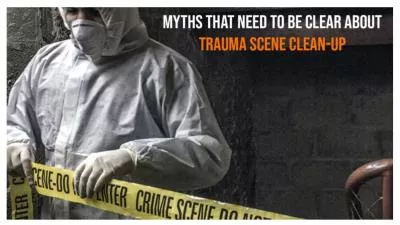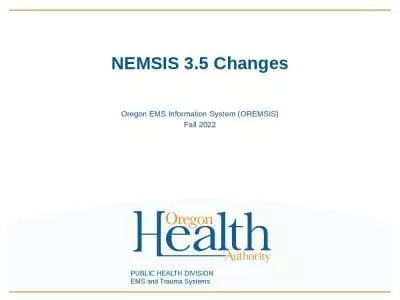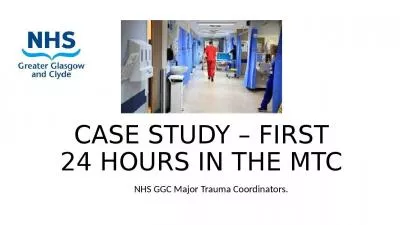PPT-Trauma Awareness Training
Author : joanne | Published Date : 2024-02-09
Shifting our Lens What stories do we tell ourselves to explain behavior Trauma Understanding Trauma E vent Actual experience or threat of physical or psychological
Presentation Embed Code
Download Presentation
Download Presentation The PPT/PDF document "Trauma Awareness Training " is the property of its rightful owner. Permission is granted to download and print the materials on this website for personal, non-commercial use only, and to display it on your personal computer provided you do not modify the materials and that you retain all copyright notices contained in the materials. By downloading content from our website, you accept the terms of this agreement.
Trauma Awareness Training : Transcript
Download Rules Of Document
"Trauma Awareness Training "The content belongs to its owner. You may download and print it for personal use, without modification, and keep all copyright notices. By downloading, you agree to these terms.
Related Documents

